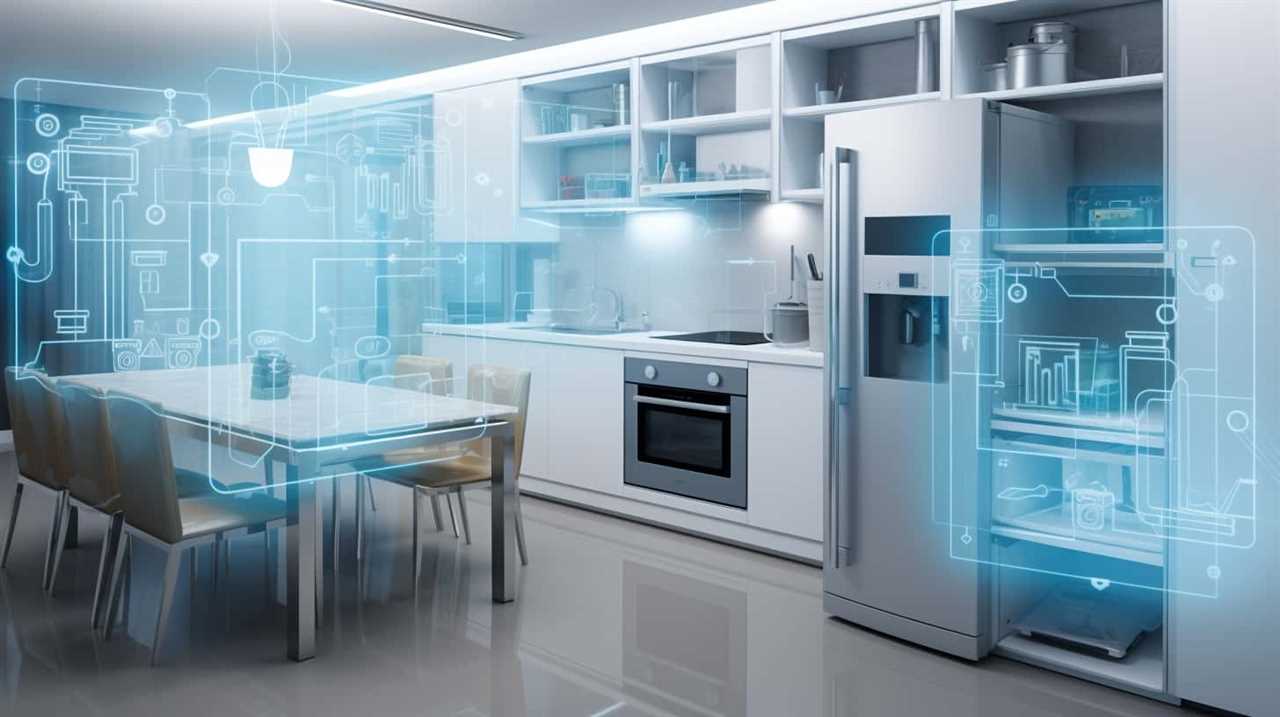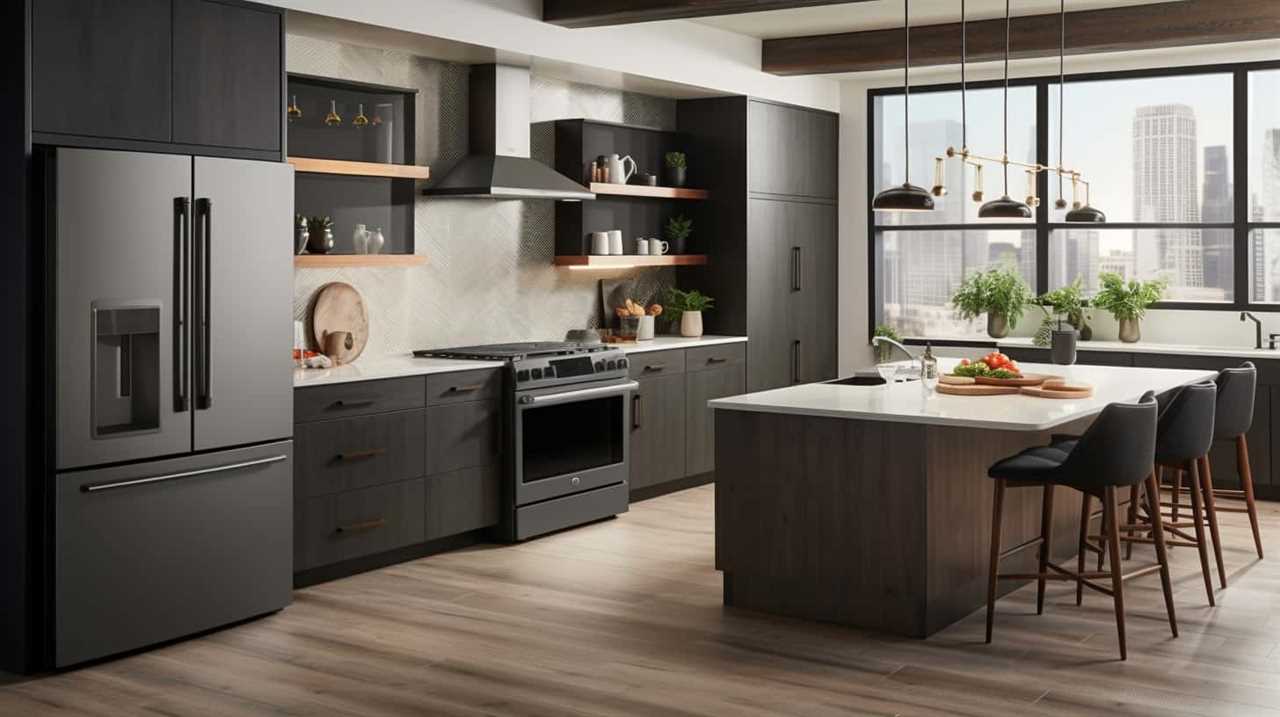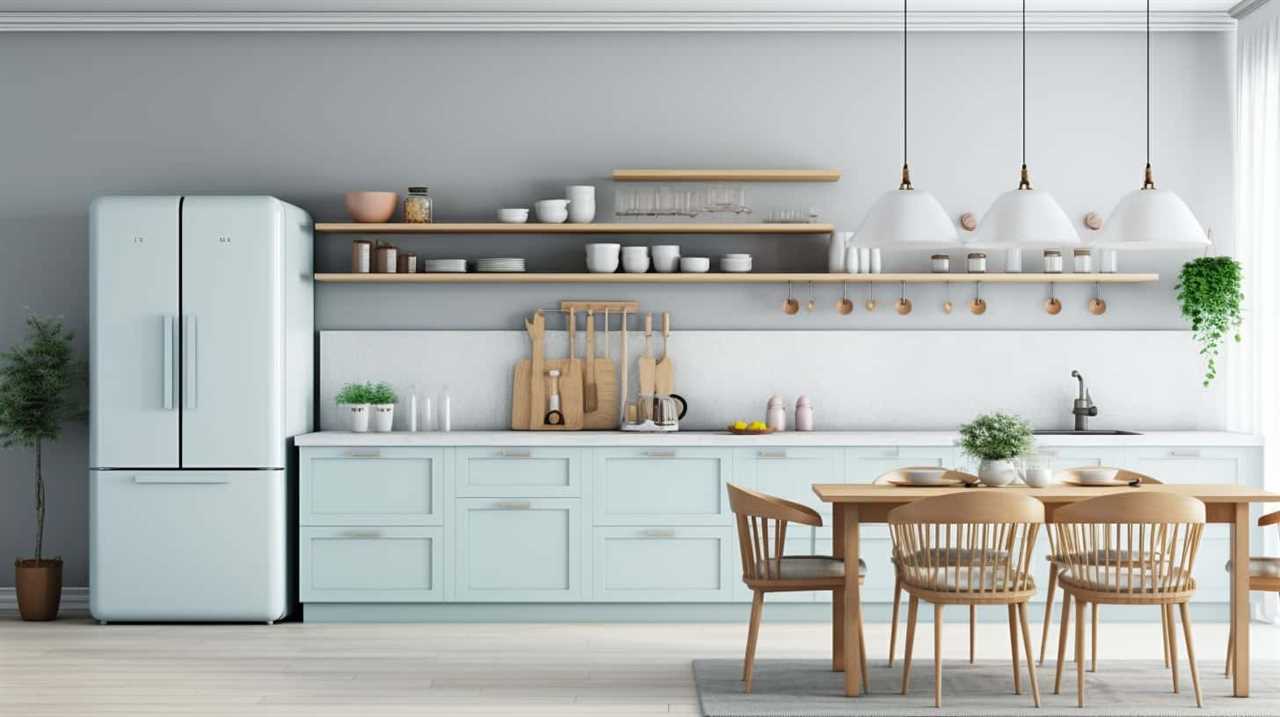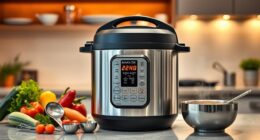Have you ever pondered whether your Indian appliances can function in Canada? Rest assured, we are here to provide you with all the necessary information.
Understanding the electrical voltage differences, adapting plugs to Canadian outlets, and using voltage converters and transformers are some of the key aspects we’ll be discussing.
We’ll also explore the compatibility of Indian appliances with Canadian standards and address safety considerations.
So, let’s dive in and find out if Indian appliances can indeed work in Canada.
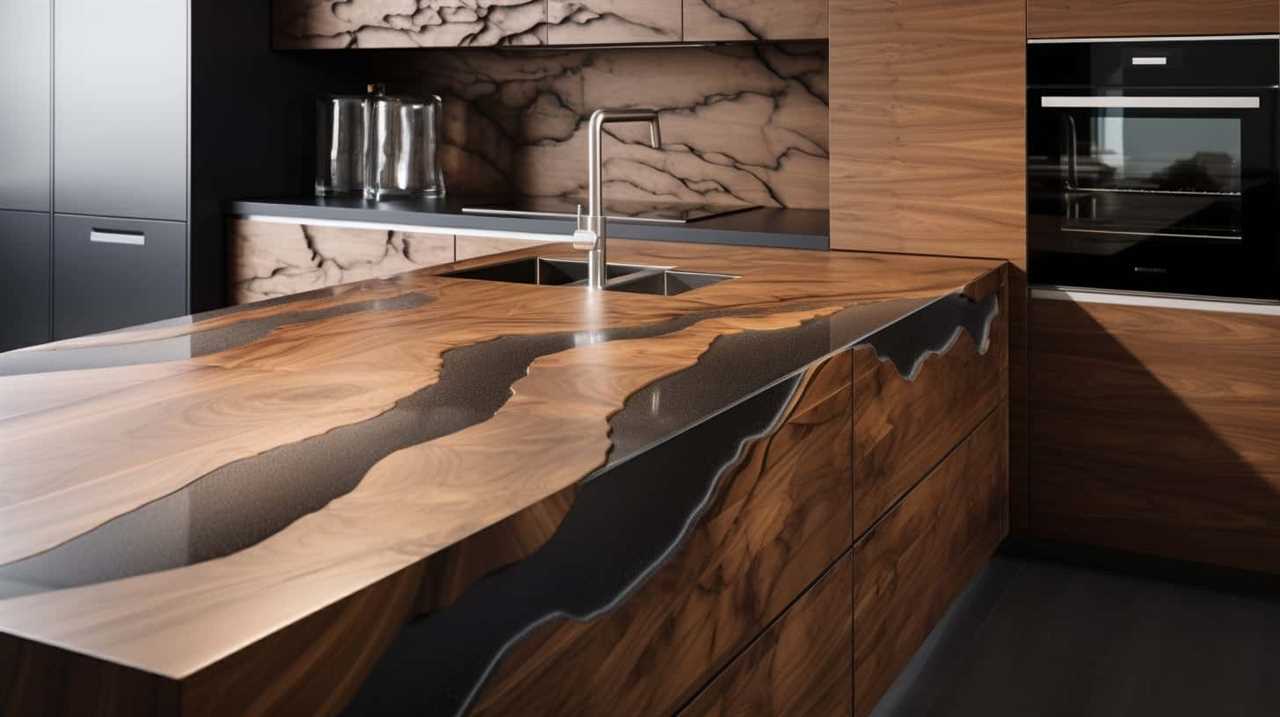
Key Takeaways
- Voltage converters or transformers are necessary to adapt the 230 volts used in India to the 120 volts used in Canada.
- Adapters or plug converters are needed to match the physical shape of Indian plugs to Canadian outlets.
- Safety certifications like CSA, UL, or ETL should be checked to ensure compliance with Canadian standards and safe operation of Indian appliances in Canada.
- Consider purchasing appliances designed for the Canadian power grid to eliminate the need for voltage converters and ensure safety and efficiency.
Understanding Electrical Voltage Differences
We need to understand the electrical voltage differences between India and Canada to determine if Indian appliances can work in Canada. In India, the standard electrical voltage is 230 volts at a frequency of 50 Hz, while in Canada, it’s 120 volts at a frequency of 60 Hz. This significant difference in voltage and frequency poses a challenge for using Indian appliances in Canada.
To address this issue, one option is to use voltage converters that can adapt the voltage from 120 volts to 230 volts. However, it’s crucial to take safety precautions while using converters. It’s essential to ensure that the converter is compatible with the specific appliance and to follow the manufacturer’s instructions carefully. Additionally, it’s recommended to use surge protectors to safeguard against power fluctuations.
With a thorough understanding of voltage differences and by taking appropriate safety measures, Indian appliances can be used in Canada with the help of voltage converters.
Moving on to the next section, we’ll discuss the process of adapting Indian plugs to Canadian outlets.
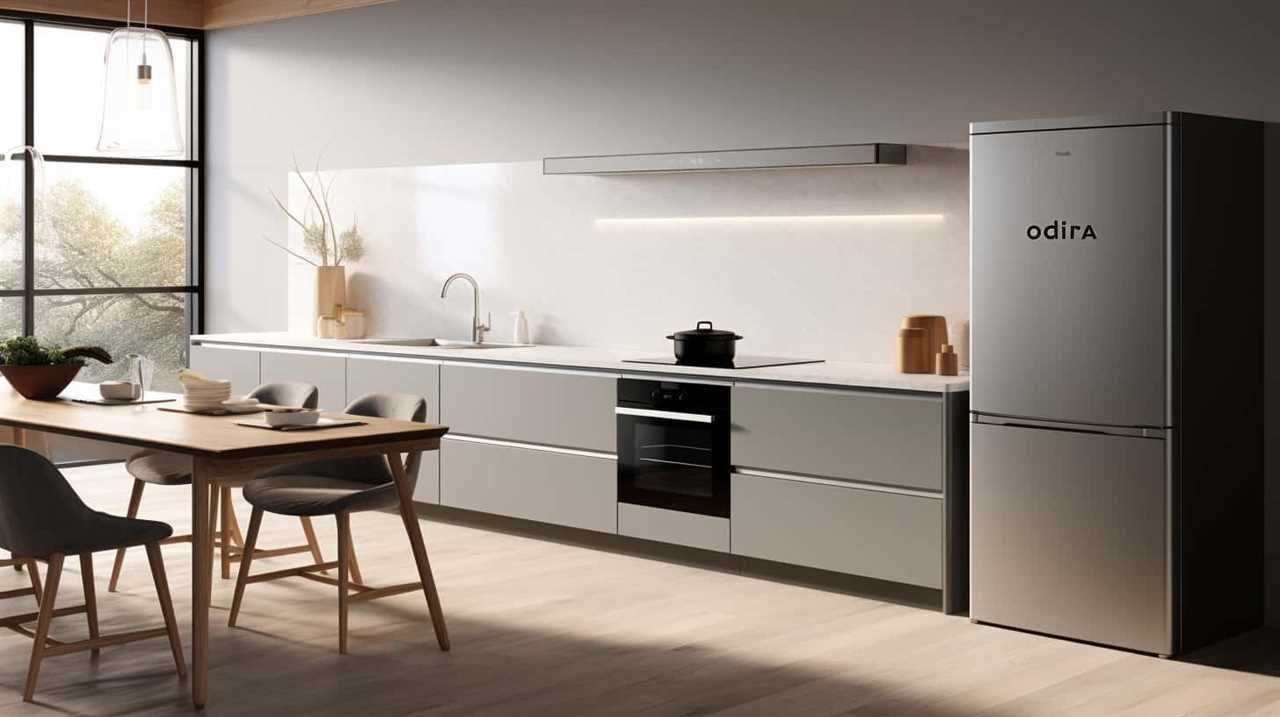
Adapting Indian Plugs to Canadian Outlets
Now let’s delve into the topic of adapting Indian plugs to Canadian outlets.
There are three main points to consider:
- Voltage compatibility: It’s important to ensure that the voltage of the Indian appliance is compatible with the Canadian electrical system.
- Plug shape differences: Additionally, the physical shape of the plugs may differ, so an adapter may be needed to fit the Indian plug into a Canadian outlet.
- Using adapters or converters: Finally, if the voltage isn’t compatible, a voltage converter may be necessary to safely use the Indian appliance in Canada.
These three points are crucial when adapting Indian plugs to Canadian outlets. Each aspect should be carefully examined to ensure a safe and efficient transition.
Voltage Compatibility
To ensure compatibility, it’s important to consider the voltage requirements when adapting Indian plugs to Canadian outlets. In India, the standard voltage is 230 volts, while in Canada, it’s 120 volts. This means that simply plugging in Indian appliances into Canadian outlets can cause damage to the appliances and pose a safety risk.

To overcome this issue, it’s necessary to use power converters or voltage transformers. Power converters are designed to convert the voltage from one standard to another, allowing Indian appliances to work safely in Canada. However, it’s crucial to select the right power converter that matches the wattage and voltage requirements of the appliances.
Additionally, it’s advisable to consult an electrician or refer to the appliance’s user manual for specific guidance on voltage compatibility.
Plug Shape Differences
Adapting Indian plugs to Canadian outlets requires considering the differences in plug shapes. Indian plugs have three round pins, while Canadian outlets accept two flat pins. To make the necessary adjustments, an adapter or a plug converter can be used. An adapter simply changes the shape of the plug, allowing it to fit into the Canadian outlet. On the other hand, a plug converter not only changes the shape but also converts the voltage to match the requirements of the appliance. It is important to note that plug shape differences do not necessarily affect voltage compatibility. Therefore, it is crucial to check the voltage requirements of the Indian appliance before using it in Canada. By adapting plug shapes and ensuring voltage compatibility, Indian appliances can successfully work in Canada.
| Indian Plug | Canadian Outlet |
|---|---|
| Three round pins | Two flat pins |
| Requires adapter or plug converter | Requires adapter or plug converter |
| Does not affect voltage compatibility | Does not affect voltage compatibility |
Using Adapters or Converters
After considering the differences in plug shapes between Indian appliances and Canadian outlets, we can easily adapt Indian plugs to Canadian outlets by using adapters or plug converters. Adapters and converters are both useful tools for ensuring compatibility between different electrical systems.
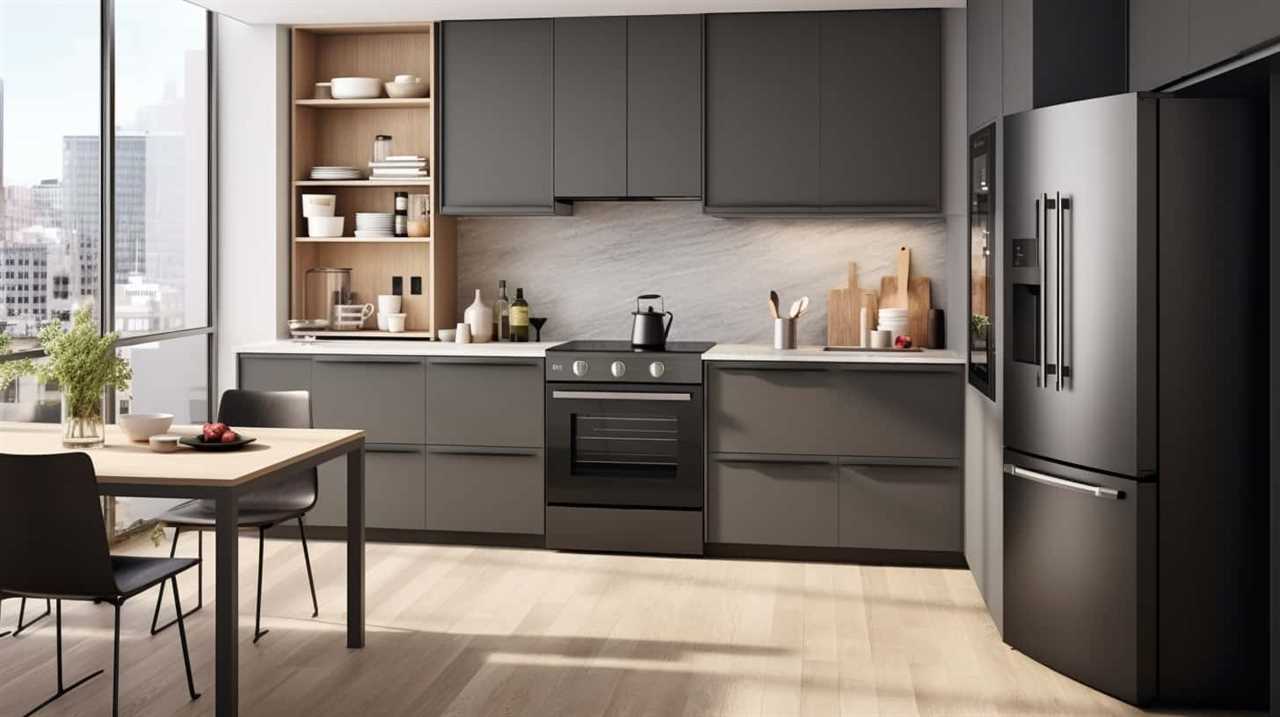
Here are some key points to keep in mind:
- Adapters: Adapters are simple devices that allow you to physically connect an Indian plug to a Canadian outlet. They don’t change the electrical voltage or frequency, so they’re suitable for appliances that are compatible with the Canadian electrical system.
- Converters: Converters, on the other hand, not only adapt the plug shape but also convert the electrical voltage and frequency to match the requirements of the appliance. This is important because the electrical systems in India and Canada have different voltage and frequency standards.
- Common issues with using adapters: It’s important to note that not all appliances can be used with adapters. Some appliances, such as those with heating elements or motors, may not work properly or may even be damaged if used with an adapter. Additionally, adapters may not provide a stable connection, leading to intermittent power supply or even electrical hazards.
Using Voltage Converters and Transformers
We often use voltage converters and transformers to make Indian appliances work in Canada.
When it comes to adapting voltage converters, it’s important to understand the difference between a voltage converter and a transformer. A voltage converter is designed to change the voltage of the electrical current, while a transformer is used to change the voltage and also isolate the electrical circuit.
In the case of Indian appliances, which typically operate at 220-240 volts, a step-up transformer can be used to increase the voltage from the standard Canadian 120 volts to match the requirements of the appliance.

This ensures that the appliance receives the correct voltage and can function properly without causing damage or malfunction.
It’s crucial to select the appropriate voltage converter or transformer based on the power requirement and voltage specifications of the Indian appliance.
Compatibility of Indian Appliances With Canadian Standards
With the compatibility of Indian appliances with Canadian standards, we can ensure that they meet the necessary requirements for safe and efficient operation. It’s important to understand that there are differences in electrical regulations between India and Canada. To help you enjoy a seamless experience with your Indian appliances in Canada, here are some key points to consider:
- Voltage Conversion: Indian appliances typically operate on 220-240 volts, while Canadian electrical systems use 120 volts. Therefore, it’s crucial to use voltage converters or transformers to adapt the voltage to the Canadian standard.
- Plug Types: Indian plugs have different prong configurations compared to Canadian outlets. Using plug adapters or replacing the plugs with Canadian ones will ensure compatibility.
- Safety Certifications: Indian appliances may not have the necessary safety certifications required in Canada. Look for certifications like CSA, UL, or ETL to ensure compliance with Canadian safety standards.
Understanding these differences will help you make informed decisions when using Indian appliances in Canada. Now, let’s delve into the safety considerations for using these appliances in Canada.
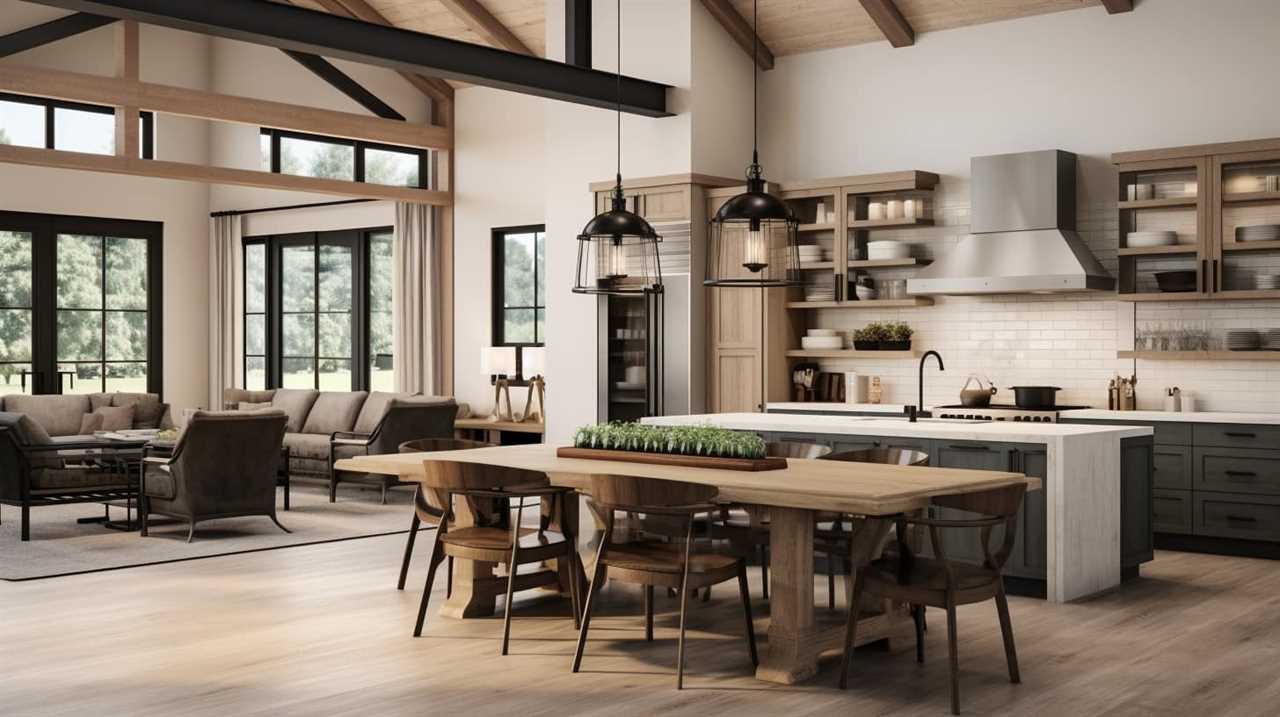
Safety Considerations for Using Indian Appliances in Canada
When using Indian appliances in Canada, there are several safety considerations to keep in mind.
Firstly, one must consider the electrical compatibility and voltage differences between the two countries. Indian appliances are designed for a voltage of 220-240V, while in Canada, the standard voltage is 120V.
Secondly, it’s important to consider the plug and socket types used in Canada, which may differ from those in India.
Lastly, it’s crucial to ensure that the appliances have the necessary safety certifications and comply with Canadian standards to avoid any potential hazards.
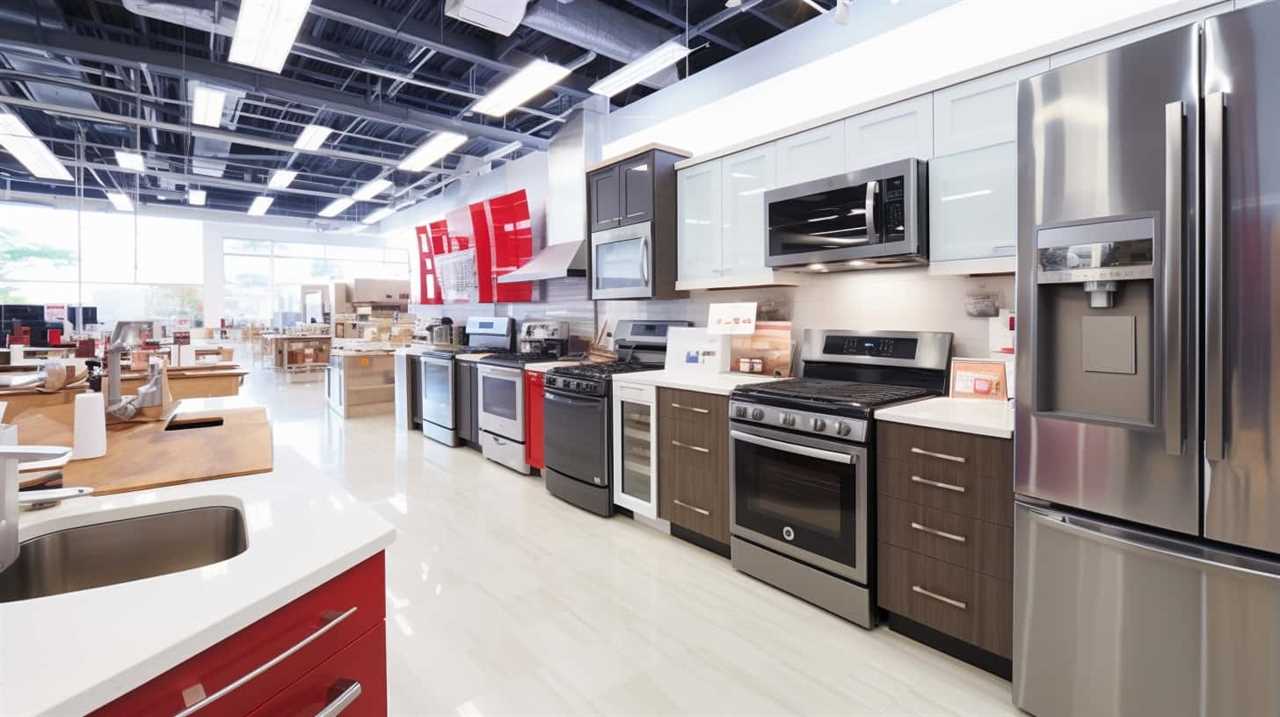
Electrical Compatibility and Voltage
Understanding the electrical current and potential risks involved is crucial when considering how Indian appliances can be safely used in Canada. Here are some key points to consider:
- Voltage Difference: Indian appliances generally operate at a voltage of 220-240V, while in Canada, the standard voltage is 120V. This significant difference can cause damage to the appliance or even pose a safety hazard.
- Step-Down Transformers: To safely use Indian appliances in Canada, a step-down transformer is necessary to convert the voltage from 120V to the required 220-240V. This ensures that the appliance receives the correct voltage, preventing any damage or malfunction.
- Power Plug Adapters: Another consideration is the difference in power plug types between India and Canada. Using a power plug adapter allows you to physically connect the Indian appliance to the Canadian power outlet.
Understanding these electrical compatibility and voltage issues helps ensure the safe use of Indian appliances in Canada.
Now, let’s explore the next section about plug and socket types.
Plug and Socket Types
We need to consider the plug and socket types to ensure the safe use of Indian appliances in Canada. Indian appliances typically use plug type C, D, or M, which have different pin configurations compared to the plug types used in Canada, which are type A and B. To adapt the plug types, you can use plug adapters that allow Indian appliances to be plugged into Canadian sockets. However, it is important to note that plug adapters only address the physical compatibility and may not account for voltage differences. Indian appliances operate on a voltage of 230V, while Canadian sockets provide 120V. To ensure the appliances work safely, voltage converters should be used to adjust the voltage. It is crucial to properly match the plug and socket types and use voltage converters to avoid any electrical hazards when using Indian appliances in Canada.
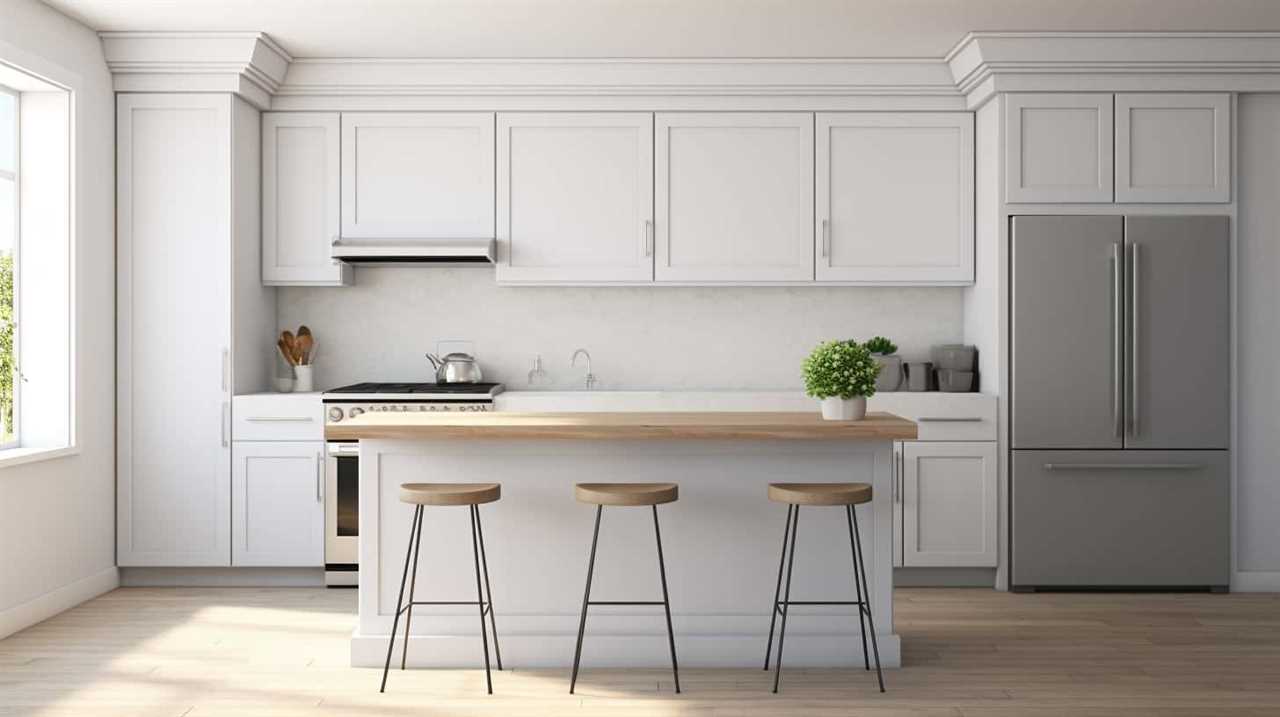
| Indian Plug Type | Canadian Plug Type |
|---|---|
| Type C | Type A or B |
| Type D | Type A or B |
| Type M | Type A or B |
Safety Certifications and Standards
To ensure the safe use of Indian appliances in Canada, it’s important to consider safety certifications and standards that address the specific safety considerations for using these appliances. Understanding safety regulations and the impact they’ve on insurance coverage is crucial in ensuring the well-being of both individuals and their property. Here are some key points to consider:
- Safety Certifications:
- Look for appliances that have been certified by recognized safety organizations such as Underwriters Laboratories (UL) or the Canadian Standards Association (CSA).
- These certifications ensure that the appliances have undergone rigorous testing to meet safety standards.
- Safety Standards:
- Familiarize yourself with the safety standards set by the Canadian Electrical Code (CEC) to ensure your Indian appliances comply with Canadian safety requirements.
- These standards cover aspects such as proper grounding, insulation, and protection against electrical shock.
- Impact on Insurance Coverage:
- Using non-certified or non-compliant appliances may lead to insurance coverage issues in case of accidents or damages.
- Ensure that your appliances meet Canadian safety standards to avoid any potential complications with your insurance provider.
Alternatives to Using Indian Appliances in Canada
One option for using appliances in Canada that aren’t compatible with Indian power systems is to purchase new appliances designed for the Canadian power grid. This eliminates the need for voltage converters and ensures the safety and efficiency of the appliances.
When considering alternatives to using Indian appliances in Canada, it’s important to prioritize safety precautions. Indian appliances may not meet the safety certifications and standards required in Canada, which could pose a risk to users. By purchasing appliances specifically designed for the Canadian power grid, users can have peace of mind knowing that these appliances have undergone rigorous testing and adhere to the necessary safety standards.
Additionally, using Canadian appliances eliminates the need for voltage converters, reducing the risk of electrical malfunction or damage to the appliances.

Tips for Buying Appliances in Canada
When looking to buy appliances in Canada, it’s important to consider a few key factors. Here are some tips to help you make an informed decision:
- Research and Compare: Before making a purchase, take the time to research and compare prices and features of different appliances. This can be done easily online, allowing you to find the best deals and options available.
- Read Reviews: Reading reviews from other customers can provide valuable insights into the performance and reliability of the appliances you’re considering. Look for reviews that highlight both the pros and cons of the product to get a comprehensive understanding.
- Consider Energy Efficiency: Energy-efficient appliances can help you save money on your utility bills in the long run. Look for ENERGY STAR certified products that have been tested and proven to be more energy-efficient.
Conclusion: Can Indian Appliances Work in Canada?
In our conclusion, we can confidently state that most Indian appliances won’t work in Canada due to significant differences in voltage and electrical standards.
The main issue lies in the voltage difference between the two countries. In India, the standard voltage is 230 volts, while in Canada, it’s 120 volts. This means that Indian appliances designed to operate at 230 volts may not function properly or may even get damaged when plugged into Canadian outlets.
Furthermore, there are differences in safety standards between the two countries. Indian appliances may not be compatible with the safety regulations and certifications required in Canada.

Additionally, adapting plug shapes can be a challenge as Indian appliances generally use different types of plugs compared to the ones used in Canada.
Therefore, it’s highly recommended to purchase appliances that are specifically designed for the Canadian market to ensure compatibility and safety.
Frequently Asked Questions
What Are the Different Types of Electrical Plugs Used in India and Canada?
Different types of electrical plugs used in India and Canada can cause compatibility issues when using Indian appliances in Canada. However, solutions like using plug adapters or converting the electrical system can resolve these problems.
Do I Need to Buy a Voltage Converter or Transformer to Use Indian Appliances in Canada?
We don’t need to buy a voltage converter or transformer for Indian appliances in Canada. The voltage compatibility between the two countries is the same, so no step up converters are necessary.

Can I Use a Canadian Power Strip or Extension Cord With Indian Appliances?
Using a Canadian power strip or extension cord with Indian appliances may pose problems due to differences in voltage and plug types. It is advisable to use a voltage converter or transformer for compatibility.
Are There Any Specific Safety Certifications or Standards That Indian Appliances Need to Meet in Order to Be Used in Canada?
In order for Indian appliances to be used in Canada, they need to meet specific safety certifications and standards. Additionally, the compatibility of Indian appliance plugs with Canadian power strips or extension cords should be considered.
What Are the Alternatives to Using Indian Appliances in Canada?
When considering alternatives to using Indian appliances in Canada, it is important to keep in mind the need for adapting these appliances to Canadian standards. Here are some tips for ensuring compatibility and safety.
Conclusion
In conclusion, while it may seem tempting to bring Indian appliances to Canada, the reality is that they’re simply not compatible with the voltage and standards here.
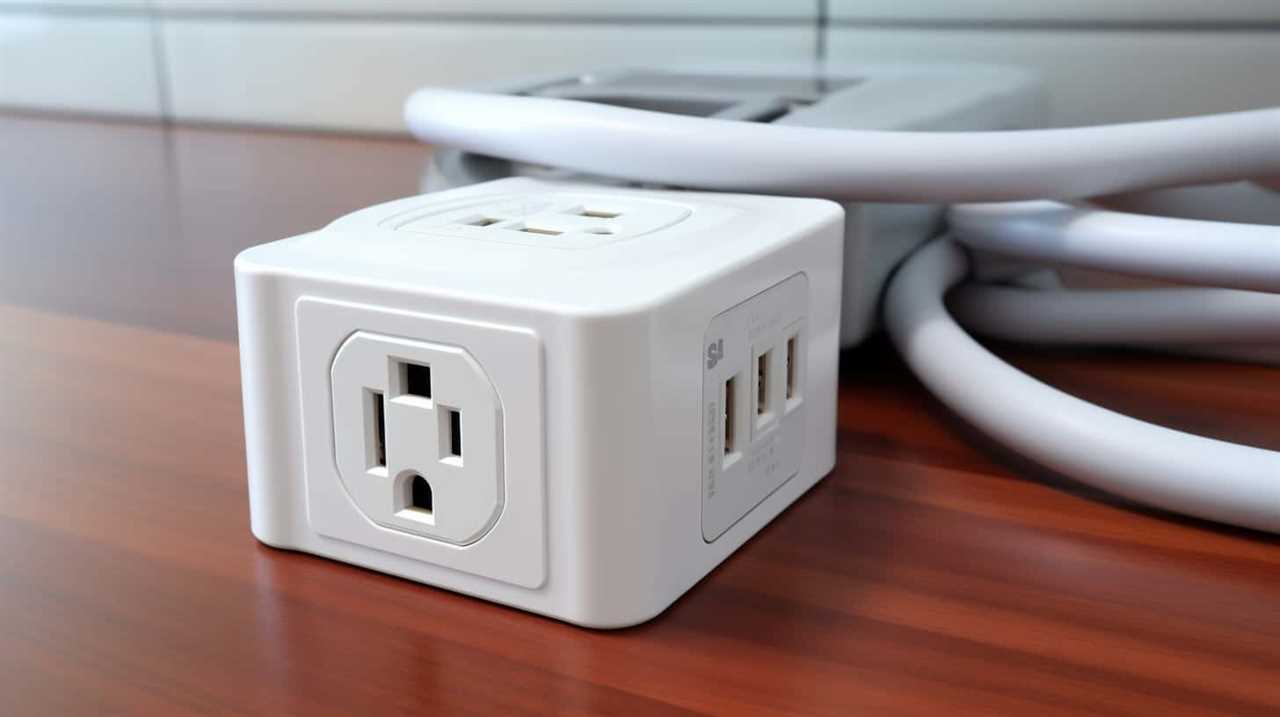
Despite the convenience of online shopping and the allure of cost savings, it’s crucial to prioritize safety and adhere to Canadian regulations.
Instead, consider purchasing appliances specifically designed for the Canadian market, ensuring a hassle-free and reliable experience.
Remember, irony may shock, but safety should never be compromised.
